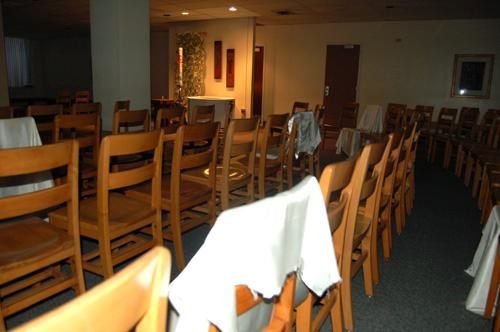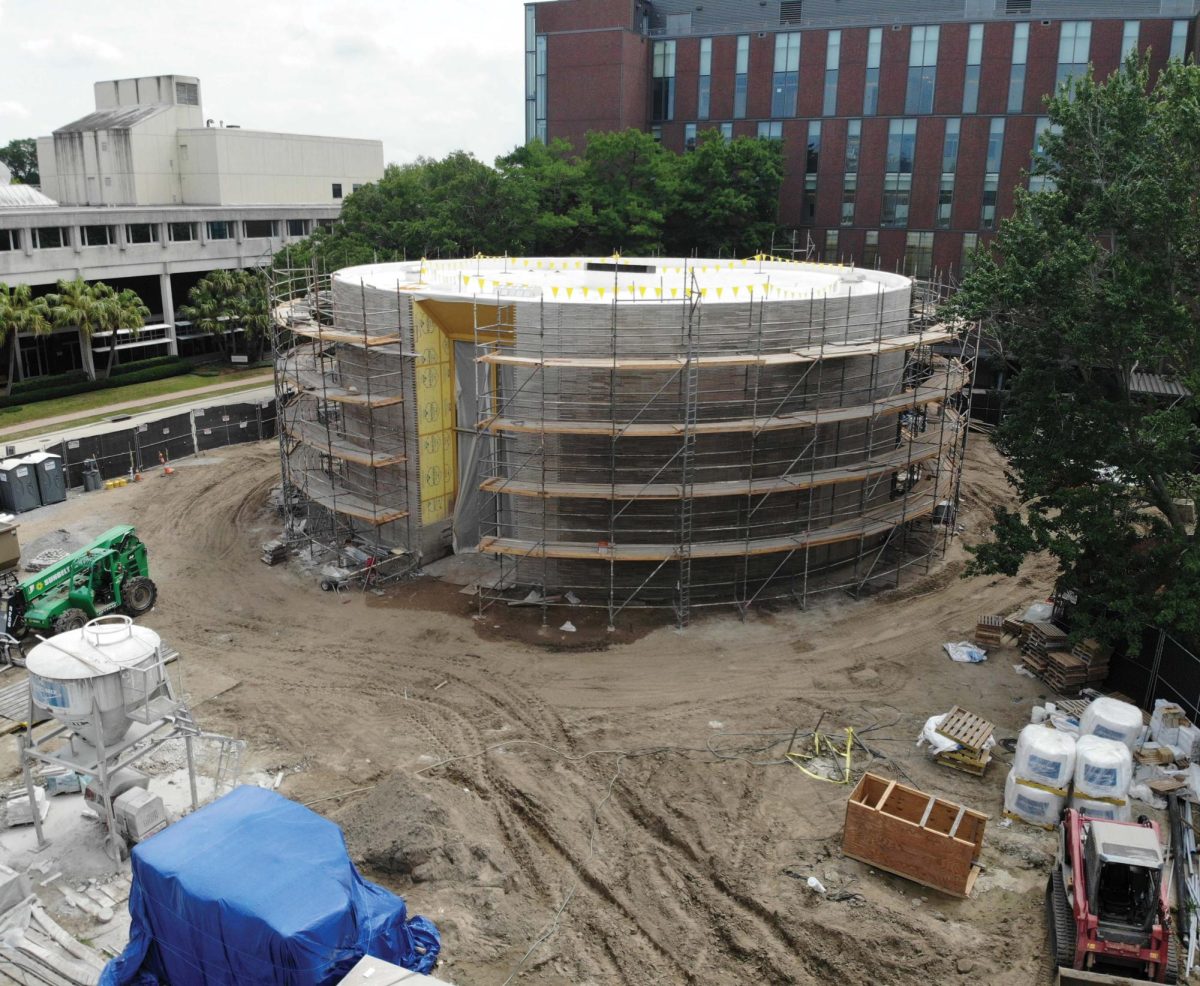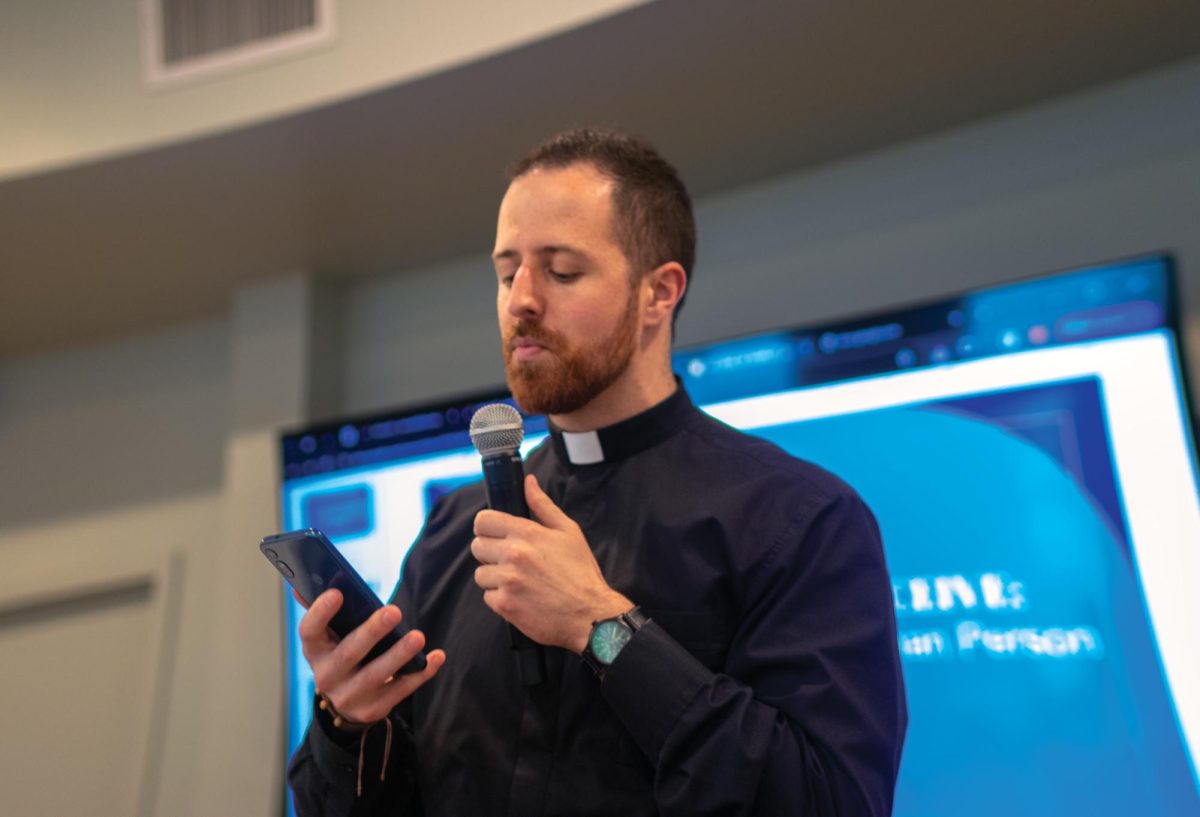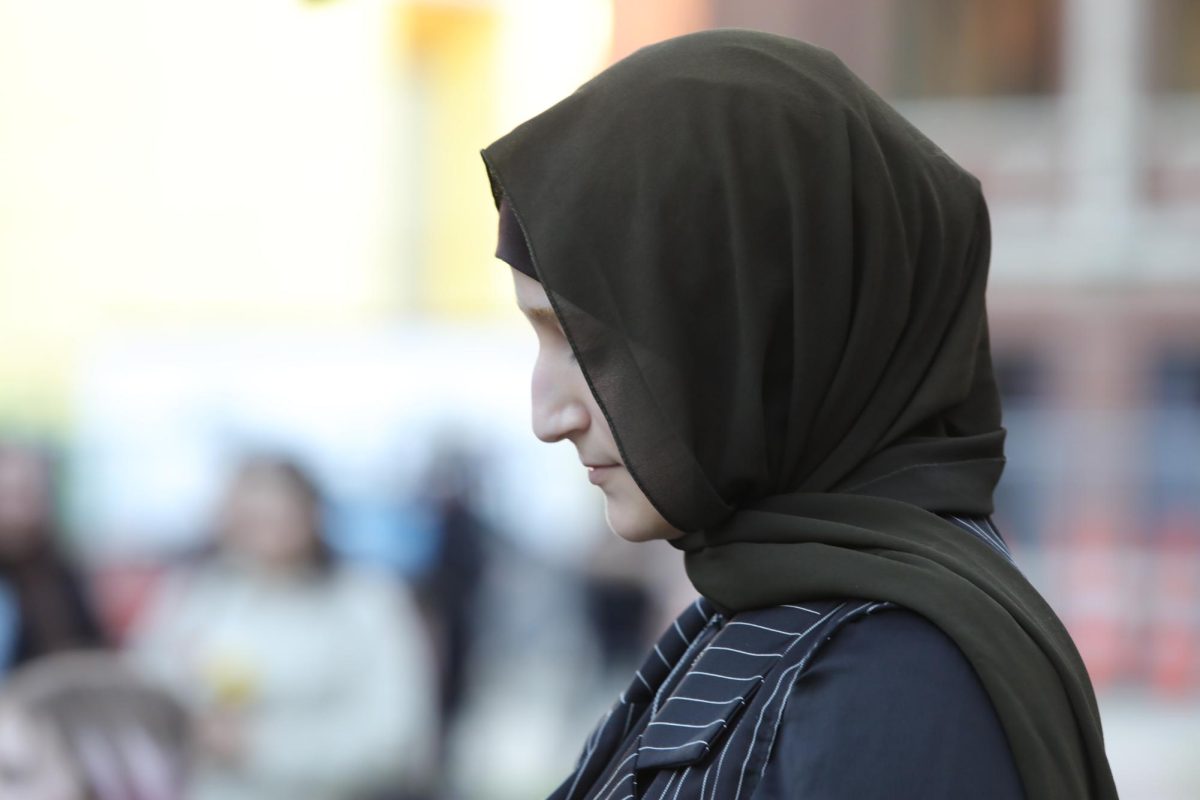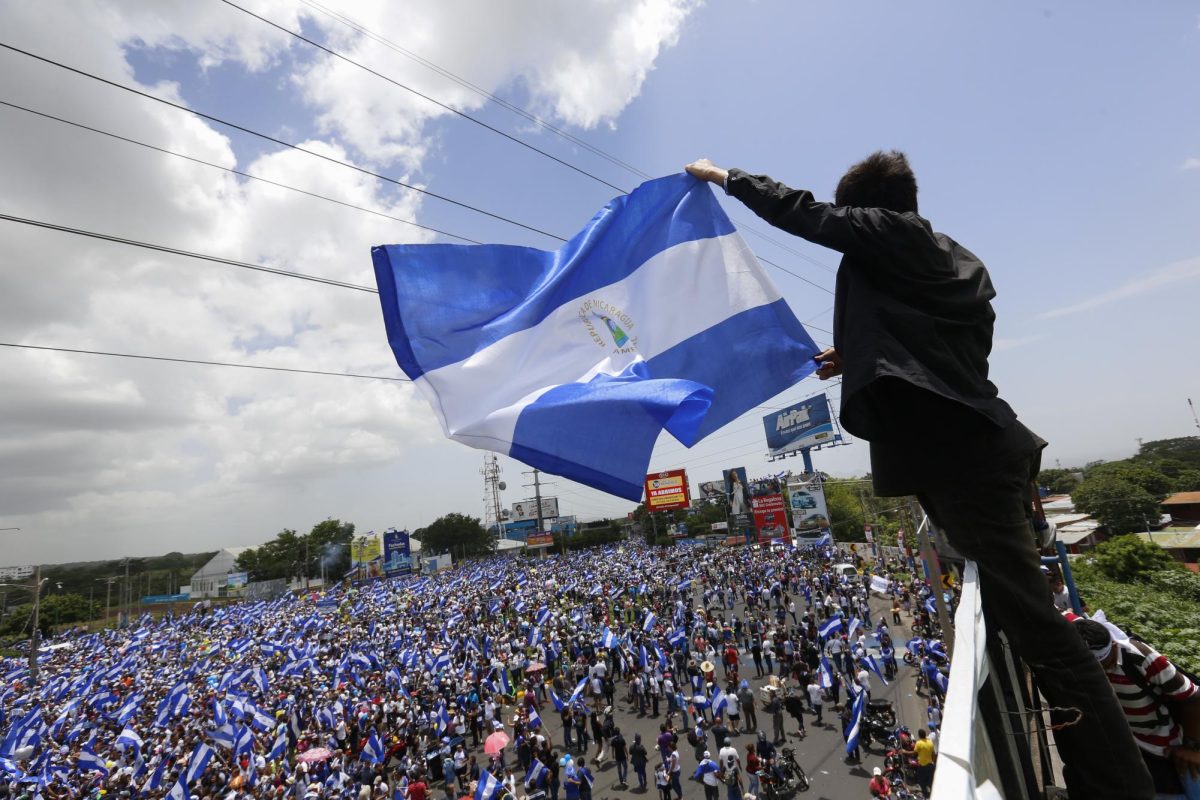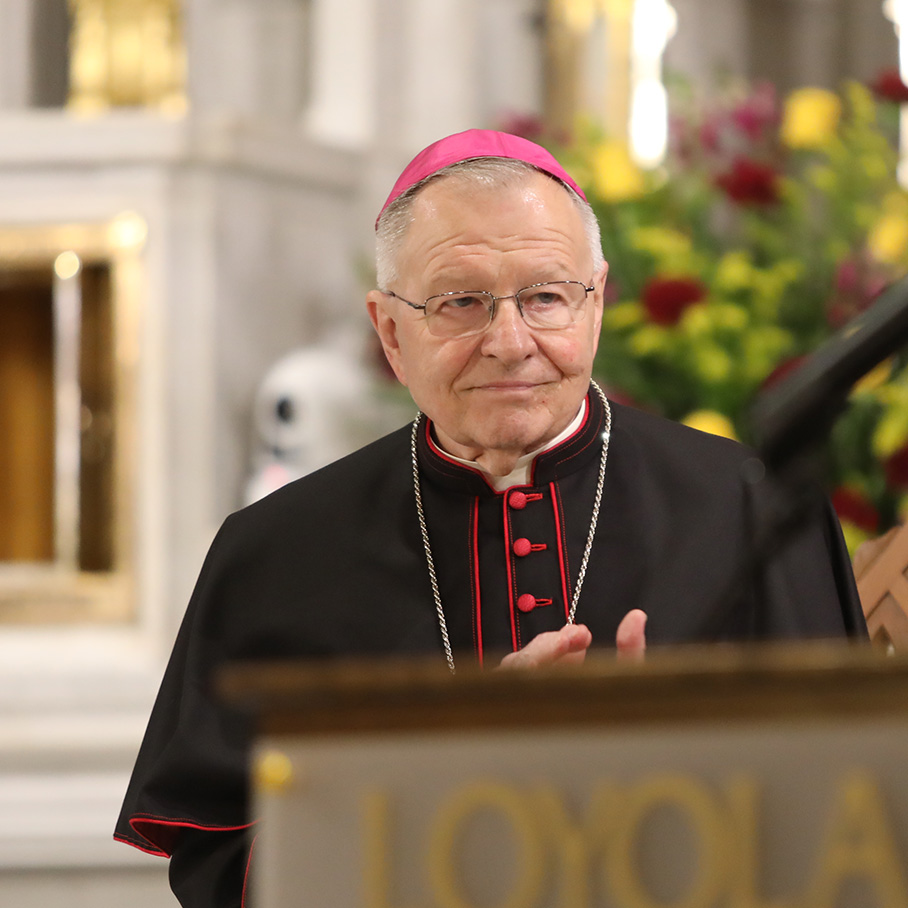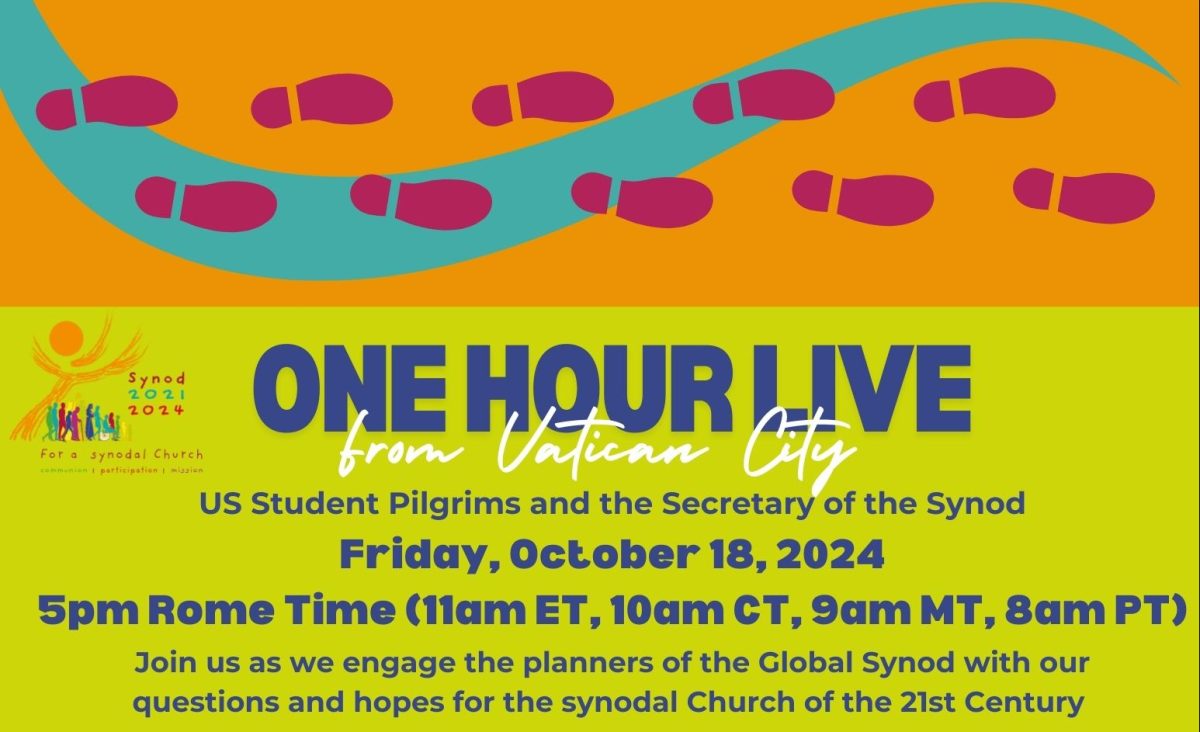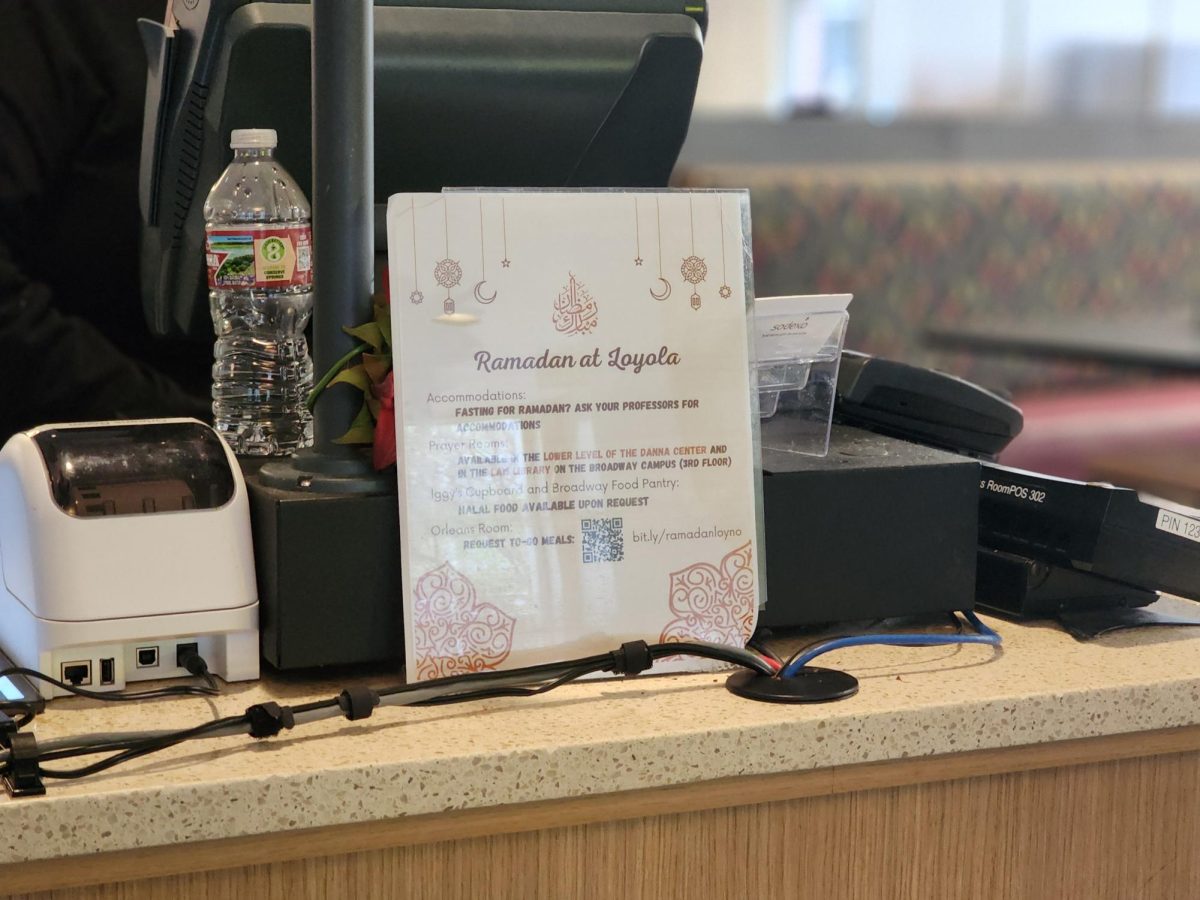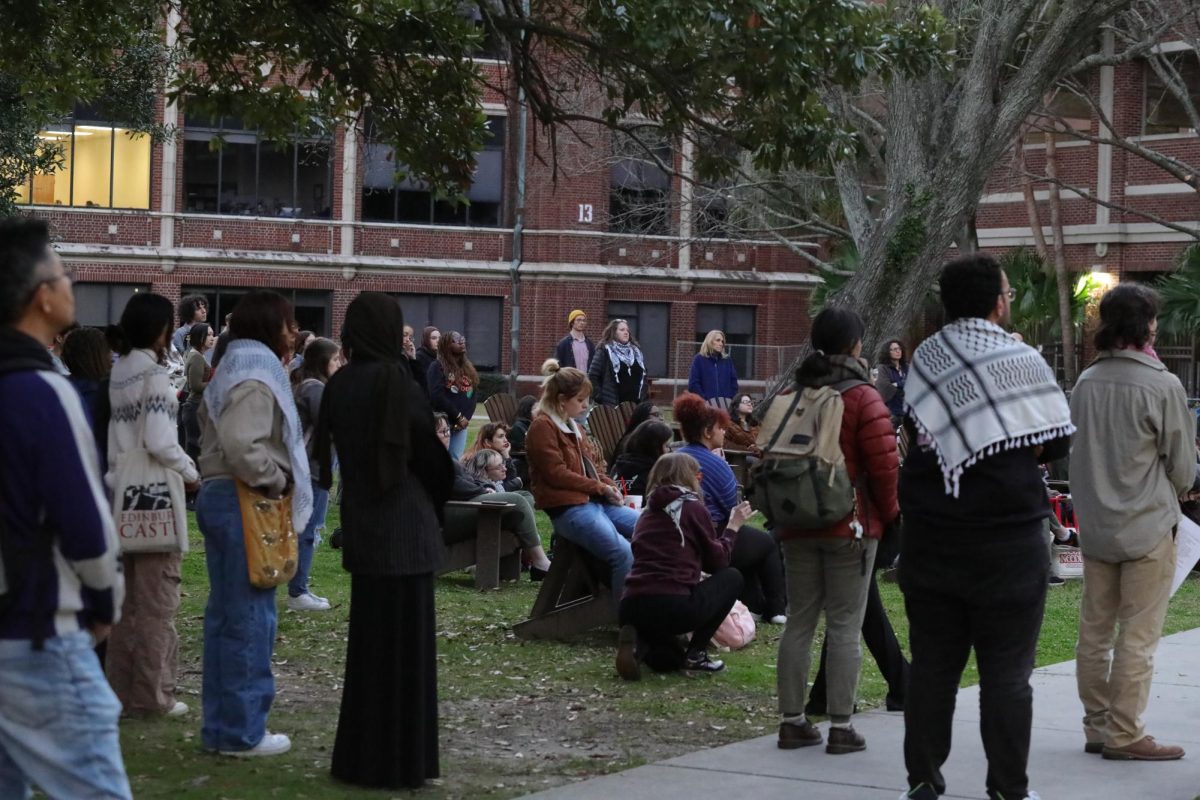This November, the dead are in permanent attendance at the Ignatius Chapel.
People who have attended Mass at the Ignatius Chapel this month may have noticed the sheets placed over some chairs, meant to represent the presence of the souls of the dead. These are but the most visible of the ways in which Loyola and the Roman Catholic Church at large recognize the dead during November.
“November is typically the month which the Catholic Church uses to remember the dead,” said Ken Weber, associate chaplain of Loyola Mission and Ministry.
According to Weber, this is in accordance with the numerous holidays and traditions that go along with November—All Hollow’s Eve on Oct. 31, All Saints’ Day on Nov. 1, All Souls’ Day on Nov. 2, and Dia De Los Muertos on Nov. 1-2. Each of these has to do with the souls of the departed.
On Halloween, the souls in Purgatory are supposed to wander the earth, and on All Saints’ and All Souls’ Day, the respective souls of saints and of the faithful are given the opportunity to intercede on earth. Dia De Los Muertos occurs on Nov. 1 and 2 in response to All Souls’ Day and All Saints’ Day.
Along with the symbolic representations of the dead, there is the presence of a book of the dead in the front of the chapel, in which people are free to write the names of those they love or know who have died recently.
The book is new each year, which means the names in it change from year to year.
November is also important because it begins the lead up to Christmas. Nov. 20 is the Feast of Christ the King, while Nov. 27 is the beginning of Advent. To that end, the readings in November often concentrate on Judgment Day and the Second Coming of Christ.
“The readings are meant to relate the full impact of Christ’s coming to earth,” Weber said.
Daniel Quick can be reached at dtquick@loyno.edu


